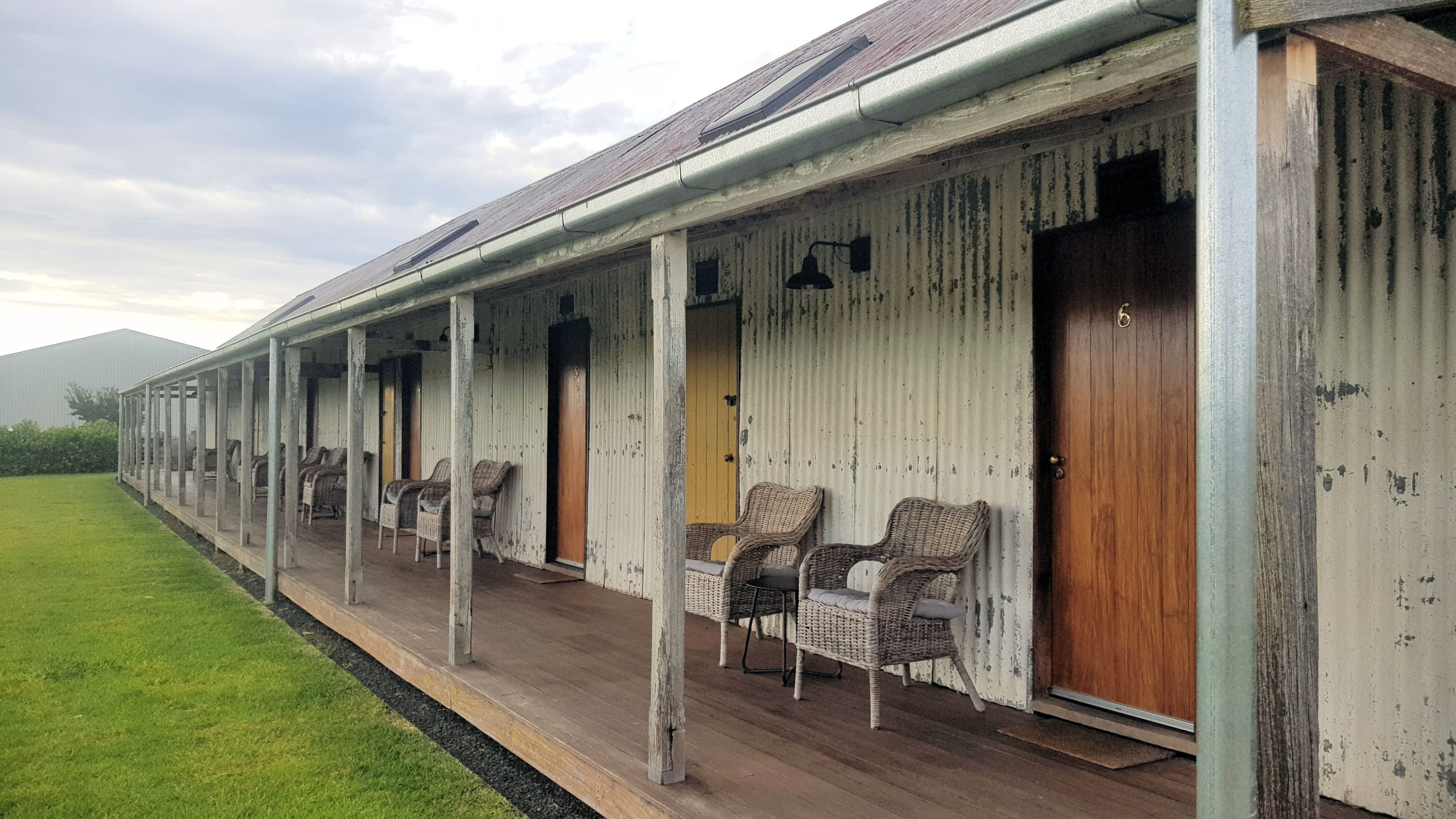Tag: Accommodation
-
Wombeyan Caves

Wombeyan Caves Hit by the triple disasters of bushfires, floods and Covid, our visit to Wombeyan Caves was not as extensive as we planned. The fires of 2020 damaged the surrounding country severely, removing much of the vegetation. The heavy rain and floods that followed resulted in land slips and damage to all walking tracks.… Read more
-
Goonoo Goonoo Station Tamworth

Goonoo Goonoo Station Our last night on our recent road trip was spent at Goonoo Goonoo Station (pronounced Gunna G’noo), south of Tamworth. Goonoo Goonoo means ‘running water over rocks in times of drought’ in the Kamilaroi language. Access to the station is restricted to booked guests, but the Glasshouse Restaurant, is open to the… Read more